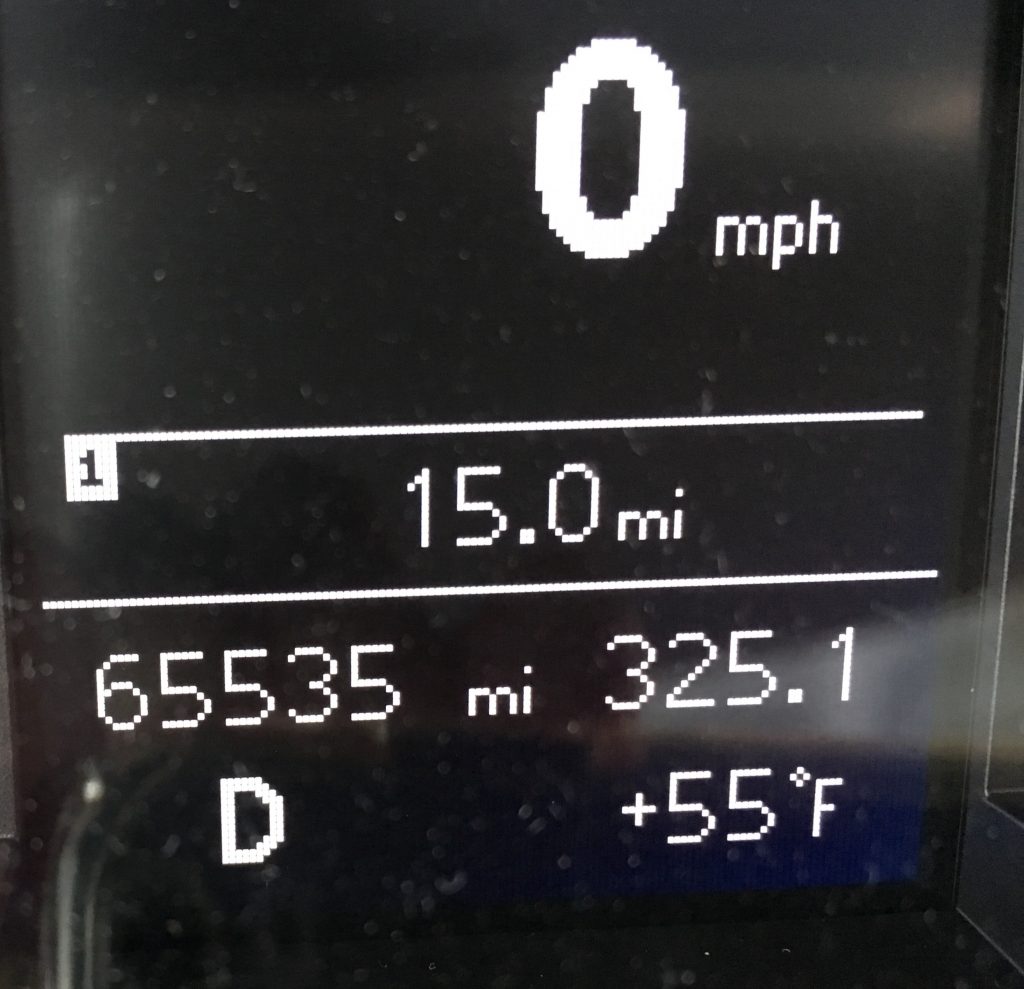What if you found a simple integer overflow bug in an obscure image decoding algorithm, and used it to ... build an entire scriptable computer architecture that executes as part of the image decoder itself?
That way, your target doesn't have to do anything but receive and render your trojan image - which it will do automatically in a messaging app like iMessage - and just like that, your code is running on their computer!
JBIG2 doesn't have scripting capabilities, but when combined with a vulnerability, it does have the ability to emulate circuits of arbitrary logic gates operating on arbitrary memory [ie. it is designed to be able to apply basic logical operations on image components as it composes them -cleek]. So why not just use that to build your own computer architecture and script that!? That's exactly what this exploit does. Using over 70,000 segment commands defining logical bit operations, they define a small computer architecture with features such as registers and a full 64-bit adder and comparator which they use to search memory and perform arithmetic operations. It's not as fast as Javascript, but it's fundamentally computationally equivalent.
The bootstrapping operations for the sandbox escape exploit are written to run on this logic circuit and the whole thing runs in this weird, emulated environment created out of a single decompression pass through a JBIG2 stream. It's pretty incredible, and at the same time, pretty terrifying.
It's downright diabolical.


